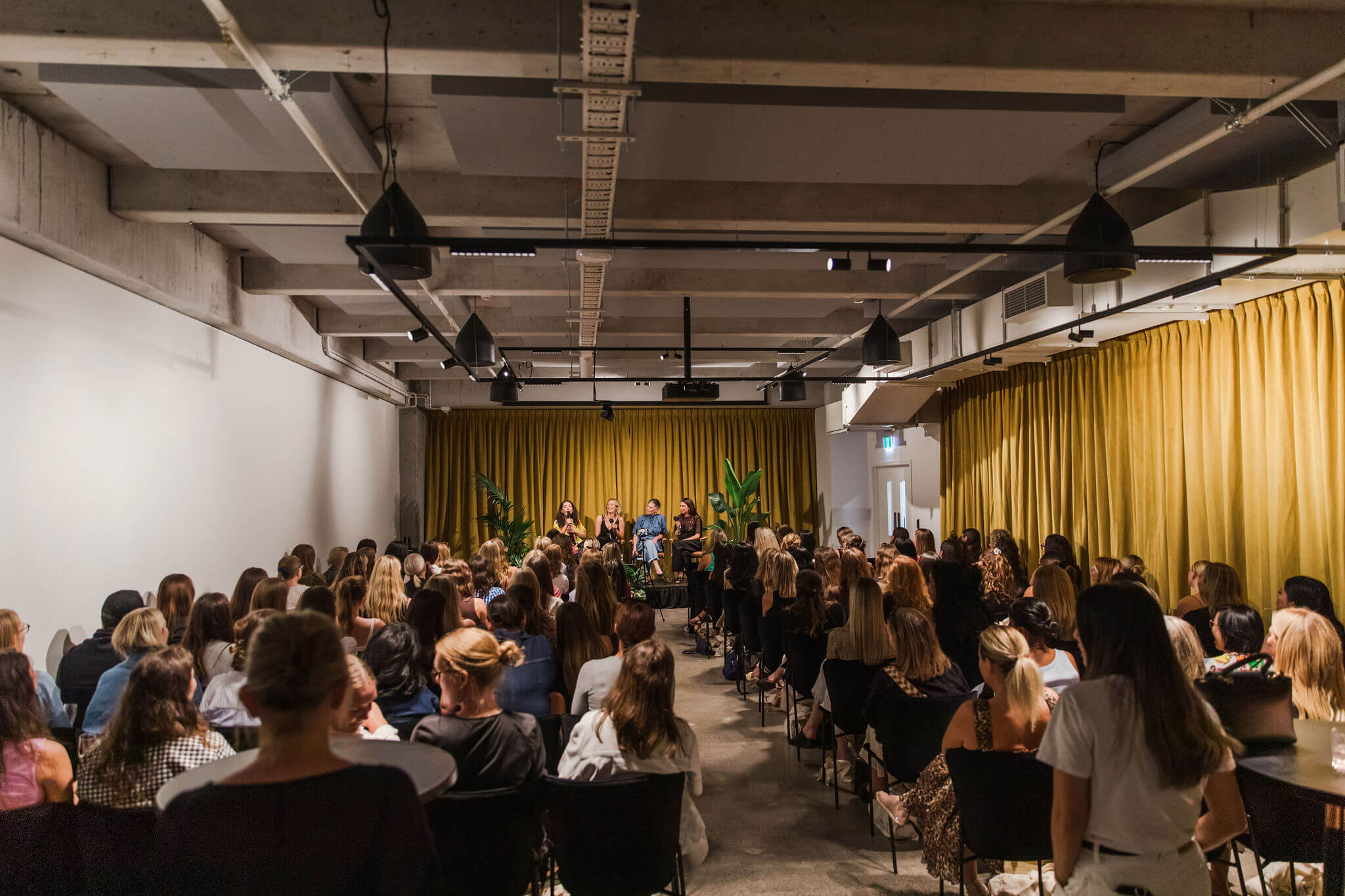Journal
Alberts and Watchful: Partners for a Safer Midtown
As we approach the end of 2025, we’re excited to look back on an incredible year at Alberts - one of vibrant...
Read More
End of Year Wrap up: 2025 at Alberts
As we approach the end of 2025, we’re excited to look back on an incredible year at Alberts - one of vibrant...
Read More
Meet the Members: Compatico
From transforming the dating landscape to building a community grounded in real connection, Compatico is redefining what it means to meet with...
Read More
Event Recap: An Evening with Melissa Crawford
This week we were thrilled to welcome members of the CEO Institute and Melissa Crawford to Alberts for our Speaker Series.
Read More
The Smart Advantage: Working With AI, Not Against It
Curiosity beats caution: AI rewards thoughtful humans who ask better questions, elevate creativity, automate the repetitive, and focus on uniquely human strengths.
Read More
A global first? Quattro Alberts’ ‘unique’ office property model
Alberts is the world-class private tenants’ club set to change the way we work for the better
Read More
Saying Auckland’s CBD is dead is unhelpful and inaccurate – Mark Gedye
Alberts is the world-class private tenants’ club set to change the way we work for the better
Read More
Meet Formery
Alberts is the world-class private tenants’ club set to change the way we work for the better
Read More
Channelling that 70’s Vibe
Alberts is the world-class private tenants’ club set to change the way we work for the better
Read More
Hybrid working is the “new normal”
Alberts is the world-class private tenants’ club set to change the way we work for the better
Read More



